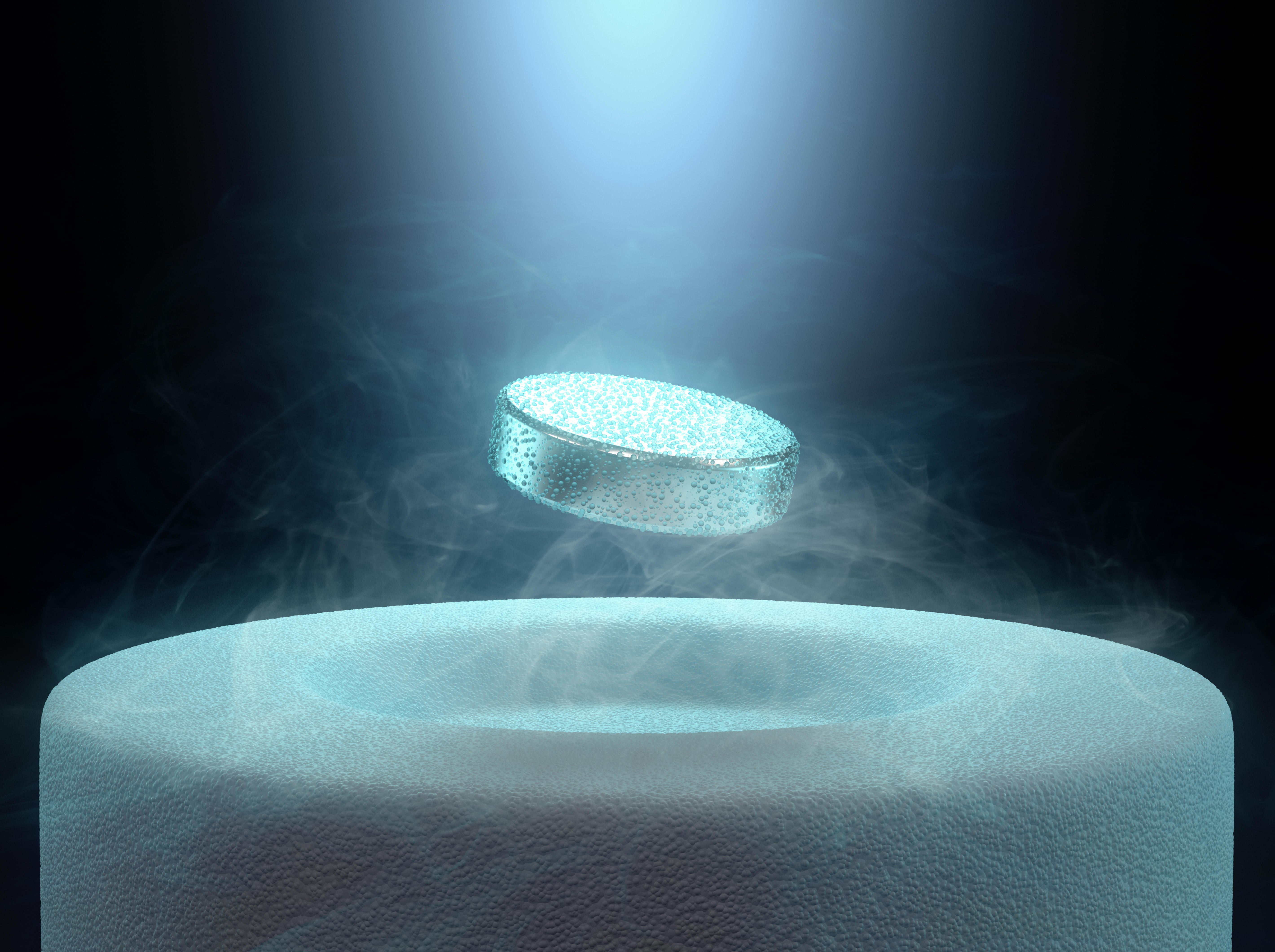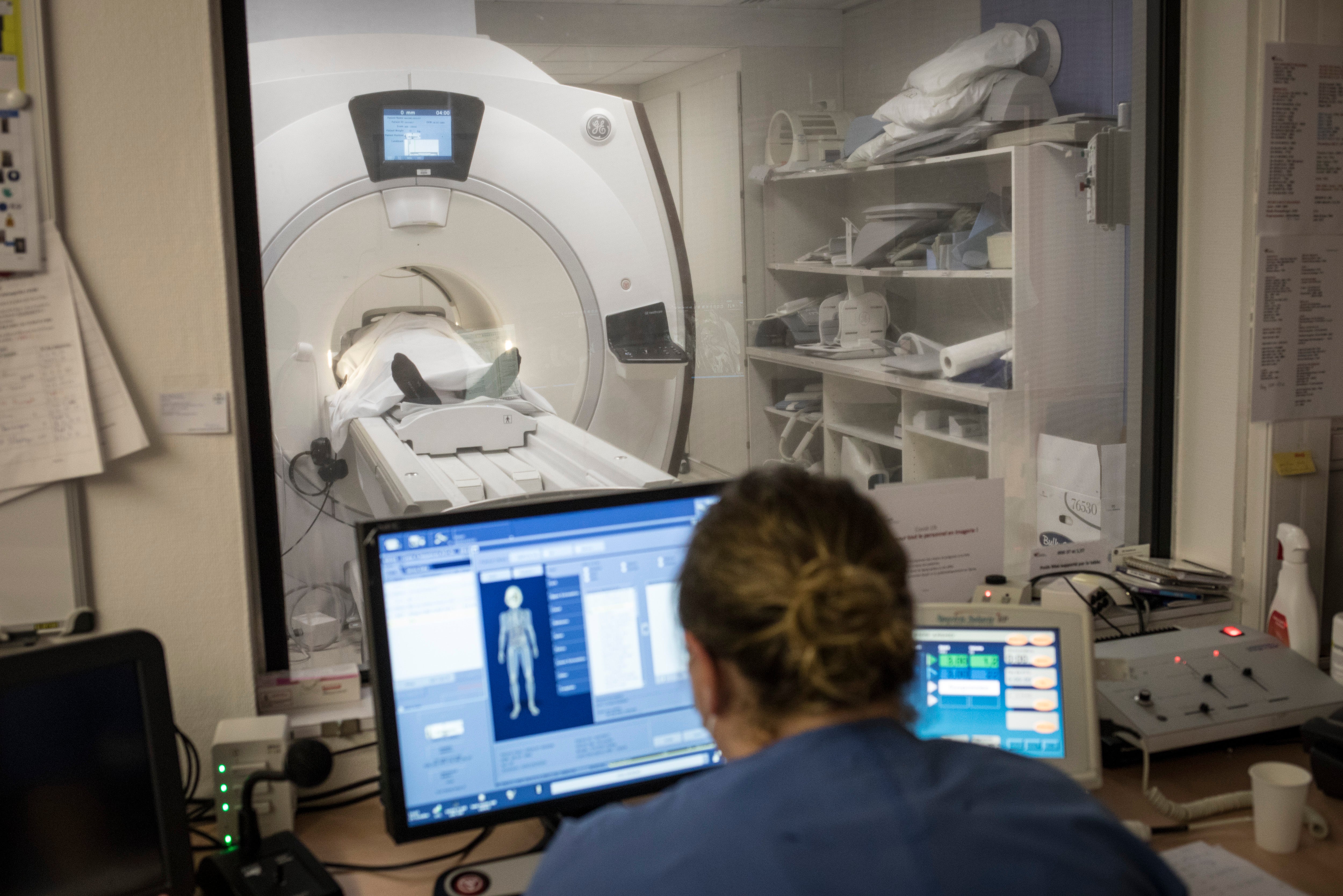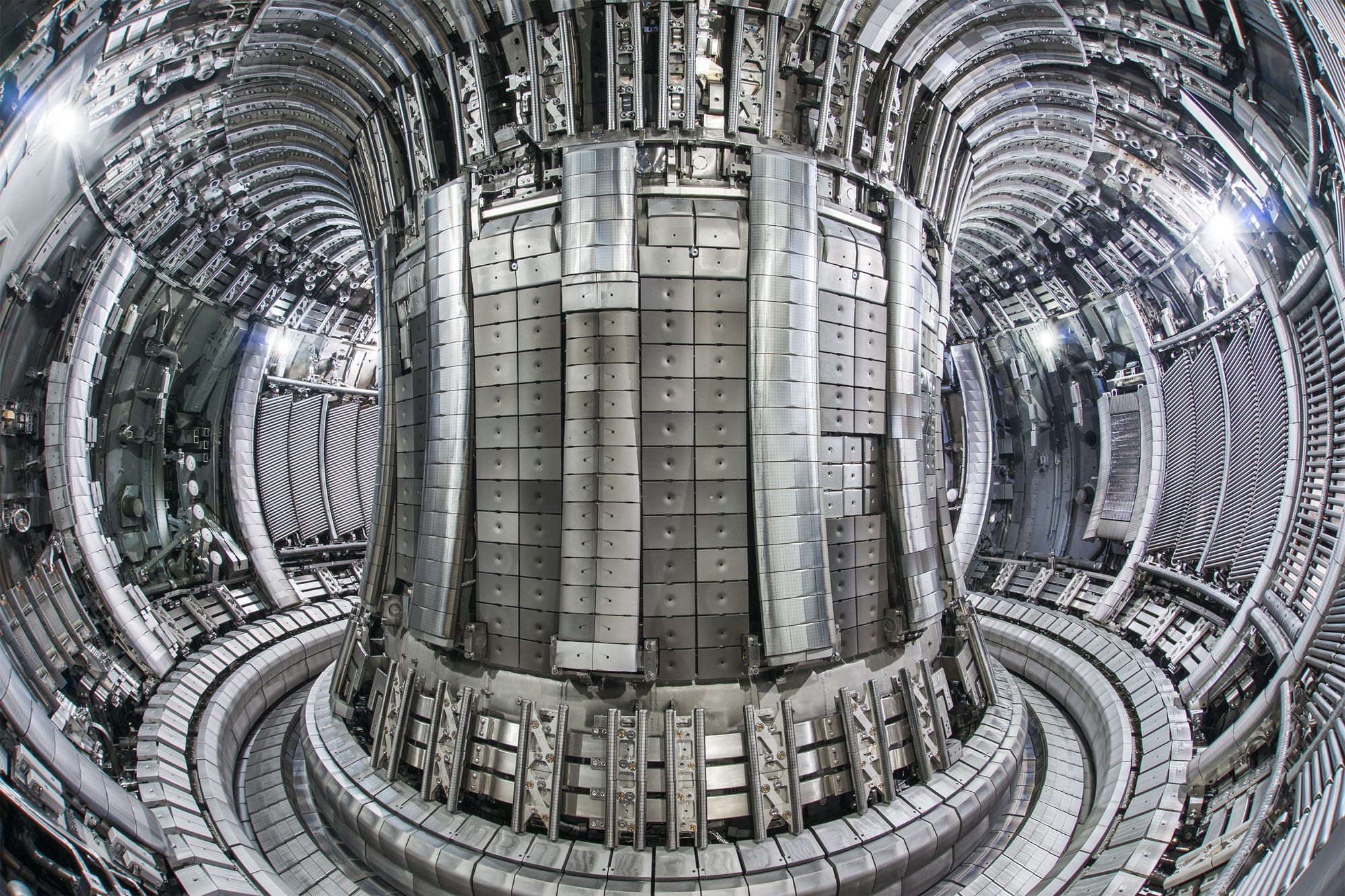Superconductivity: The technology that could change everything if we just knew how it worked
For a century, the heat has been on for physicists to discover a zero-resistance wire for everyday use – and whoever does it first is going to make a fortune, writes Steven Cutts


It’s often said that if we see a fundamental breakthrough in physics, it takes about 20 years for the engineering world to find an application for the breakthrough. This is nothing new. Famously, in the 19th century, Queen Victoria was invited to visit Michael Faraday and inspect his workshop. Feigning interest to the end, Victoria turned to Faraday and asked: “But of what use is your invention?” (He’d recently developed the electric motor.)
Faraday replied: “Madam, of what use is a baby?”
It must have been awfully difficult for everyone to understand the potential of this strange new beast called electricity – and inevitably there would be those who chose to lampoon it. Later, the innovators of this world would make fools of these people. Nowadays we make immense amounts of electricity every year, and with a growing economy and the advent of electric cars, we look set to make even more.
Between 5 and 10 per cent of the electricity we generate is lost in transmission. If you were to put your hand on the electrical cables that run between pylons (not an entirely sensible thing to do) you’d realise that the cables are slightly hotter than the structures around them. The electricity running through them has generated heat due to the resistance of the metal cable and some energy is lost in the form of heat.
In the year 2000, India was cited as having up to 30 per cent losses but this figure was influenced by “electricity thieves”. They’ve since got it down to 20 per cent. South Korea and Japan have the lowest losses.

By the beginning of the 20th century, some physicists decided to investigate how electrical resistance might alter in the face of changing temperatures. Once we could liquefy air it was possible to pour liquid nitrogen onto any substance under investigation to see how it would behave at “liquid nitrogen temperatures” (-196C). Later, scientists learnt how to liquefy helium too which (rather conveniently) has a temperature of - 268C, just a few degrees above absolute zero (-273C).
And in 1911, a Dutch scientist discovered something that no one expected. At liquid helium temperatures, the physicist noticed that some substances achieve zero resistance. When I say zero, I don’t mean “not very much” but mathematically zero. It happens abruptly and without warning or explanation. An electrical circuit built from what became known as a superconductor at ultra-low temperatures would conduct electricity forever without ever losing momentum.
If nitrogen-cooled superconductors are so much cheaper, surely new applications should have been just around the corner
Physicists like Michael Faraday and James Clerk Maxwell predicted that the resistance would reduce as the conductors got colder. But the sudden transition to zero resistance took everyone by surprise. Luckily, the 20th century was about to kick in and quantum mechanics was just around the corner.
This all sounds very academic. Although Queen Victoria’s scepticism on electricity sounds a bit quaint, superconductivity remained the stuff of physics laboratories for many years because it was so hard to obtain helium on any significant scale and turn it into a liquid that could be an application for superconductors.
It wasn’t until the early 1980s when a couple of guys at the IBM labs in Zurich started to realise that ceramics might be made to superconduct. Nobody really knew why ceramic compounds should superconduct at these temperatures and there is still a lot of uncertainty about how they do this, but if you build them and you put them in a machine, they can superconduct at liquid nitrogen temperatures.

Then, in 1986, it became apparent that a ceramic compound could be made to superconduct at the then-astonishing temperature of 90 Kelvin (about -183C). This temperature could be achieved by immersing the ceramic in liquid nitrogen. And the scientists who could first explain this went on to win the Nobel Prize within two years of publishing their data. Bagging the Nobel Prize for physics isn’t an entirely easy thing to do and, no matter how interesting your work is, it usually takes the people in Stockholm about 20 years to decide you’re worth it.
But this discovery was sensational. A lot of young physicists committed their careers to hot superconductivity in the aftermath of the news. Reports of room-temperature superconductivity became as common as the long-awaited cure for cancer. All sorts of research papers started to appear in print where authors emerged claimed to have achieved superconductivity at a slightly higher temperature than the last group.
Much of this work proved to be just that little bit too giddy. For many years we had to make do with liquid nitrogen temperature superconductors. Given that liquid nitrogen is cheap and plentiful (it’s a by-product from the manufacture of liquid oxygen. Almost all the liquid nitrogen in the world is thrown away), we ought to be able to invent a few new machines using superconductors and keep them at the required very low temperatures at a credible cost.

A few reasonably well-known devices already operate using superconductivity. MRI scanners are based on superconducting magnets. Some of the prototype magnetically levitated trains now seen in Japan also carry liquid helium recycling machines that power magnets with a fantastical new strength. But liquid helium isn’t cheap and a liquid helium recycling machine isn’t the simplest bit of kit you could put in your average commuter train. If nitrogen-cooled superconductors are so much cheaper, surely new applications should have been just around the corner.
But moving this kind of work from the research laboratory to the open market isn’t easy.
People have tried making machines using high-temperature superconductors. One problem is that a ceramic electrical cable is brittle and has to be cast in a specific shape. We can’t easily solder or weld a piece of electrical cable to an existing component. Plus, the entire system only operates for as long as we keep it at or below the transitional temperature for that substance. If we accidentally allow the temperature to creep just that little bit above that critical level, the magic’s gone and the entire system shuts down. (Remember that the point of transition is extremely sudden.)
Similarly, some of the next generations of fusion nuclear research reactors are using superconductors, such as the Joint European Torus (Jet) tokamak, or liquid helium cooled in the case of the upcoming ITER reactor in France and ceramic and liquid nitrogen cooled in the case of some new American designs.

In the last few years, experimental wind turbines have used superconductors to boost efficiency. High-temperature superconductors generate a magnetic field using current densities 100 times greater than that achievable with copper wire.
Another area that shows real promise is the electric engine. Traditional electric engines rely on copper wire. You need quite a lot of copper wire to produce a strong magnetic field and they consume quite a lot of electricity. In the US, it has been calculated that more than half of all the electricity generated in the country is consumed by electric engines (virtually all of them based on copper wire.)
Marine engines are increasingly been run on electrical power rather than diesel too. In the US, a company has made use of ceramic liquid nitrogen cooled superconductors to build such an engine and the American navy has experimented with an electrical motor onboard ships based on cryogenically cooled hot superconductors. This type of engine is less than half the size of an electric engine that is based on copper wire and, in the case of a naval vessel, it reduces the dry weight of the machine by 200 tonnes. Fuel consumption is also significantly reduced. By reducing the size of the motor, there is more space for other equipment on board the ship.
If theoreticians could figure out how hot superconductivity happens, life would be much easier for the engineers trying to find new compounds that might superconduct – but they haven’t
This phenomenon could be replicated in any electrical engine. In principle at least, a superconducting coil enables us to build an electric motor that is less than one-third of the size of a motor based on copper wire. Similarly, it is far more lightweight. if we were able to build superconductors that could function without an exotic cooling system and at an acceptable cost then the size of the motor in an electric car could shrink dramatically, massively increasing the feasibility of a future based on electric propulsion.
Other groups have experimented with high-temperature superconducting power lines, albeit over a short distance.
Last year, an American lab astoundingly claimed to have achieved superconductivity at room temperatures. The opportunity to replace all the copper wire in the world surely beacons. Right? Well, actually no. The recent American work required the materials to be under enormous pressures of the kind that can only be simulated in a research lab. Yes, they’ve overcome the temperature issue but it still isn’t practical for everyday use. Plus, the material they were using (partly based on hydrogen) isn’t easy to contain in the kind of cables that stretch across the countryside between electricity pylons.
If theoreticians could figure out how hot superconductivity happens, life would be much easier for the engineers trying to find new compounds that might superconduct – but they haven’t. To date, progress continues at an Edisonian pace.
Whoever comes up with the first viable superconducting wire at an acceptable price is going to make a fortune. All previous electrical cables in all the world will become obsolete. There is, however, no sure-fire reason to suppose that such a substance can or ever will exist. The recent wave of optimism surrounding superconductivity is based on a series of lab-based research projects where materials in exotic conditions have been persuaded to behave in an exotic manner. We are a long way from a mass-produced resistance-free electric motor.
Right now, there is no credible mathematical model for the superconducting process that occurs in ceramics. Much of the science is based on empirical evidence and combinations that have been put together either at random or based on intuition. It’s the kind of technology that could change everything but there’s no guarantee it will ever work.
Join our commenting forum
Join thought-provoking conversations, follow other Independent readers and see their replies
Comments


Bookmark popover
Removed from bookmarks